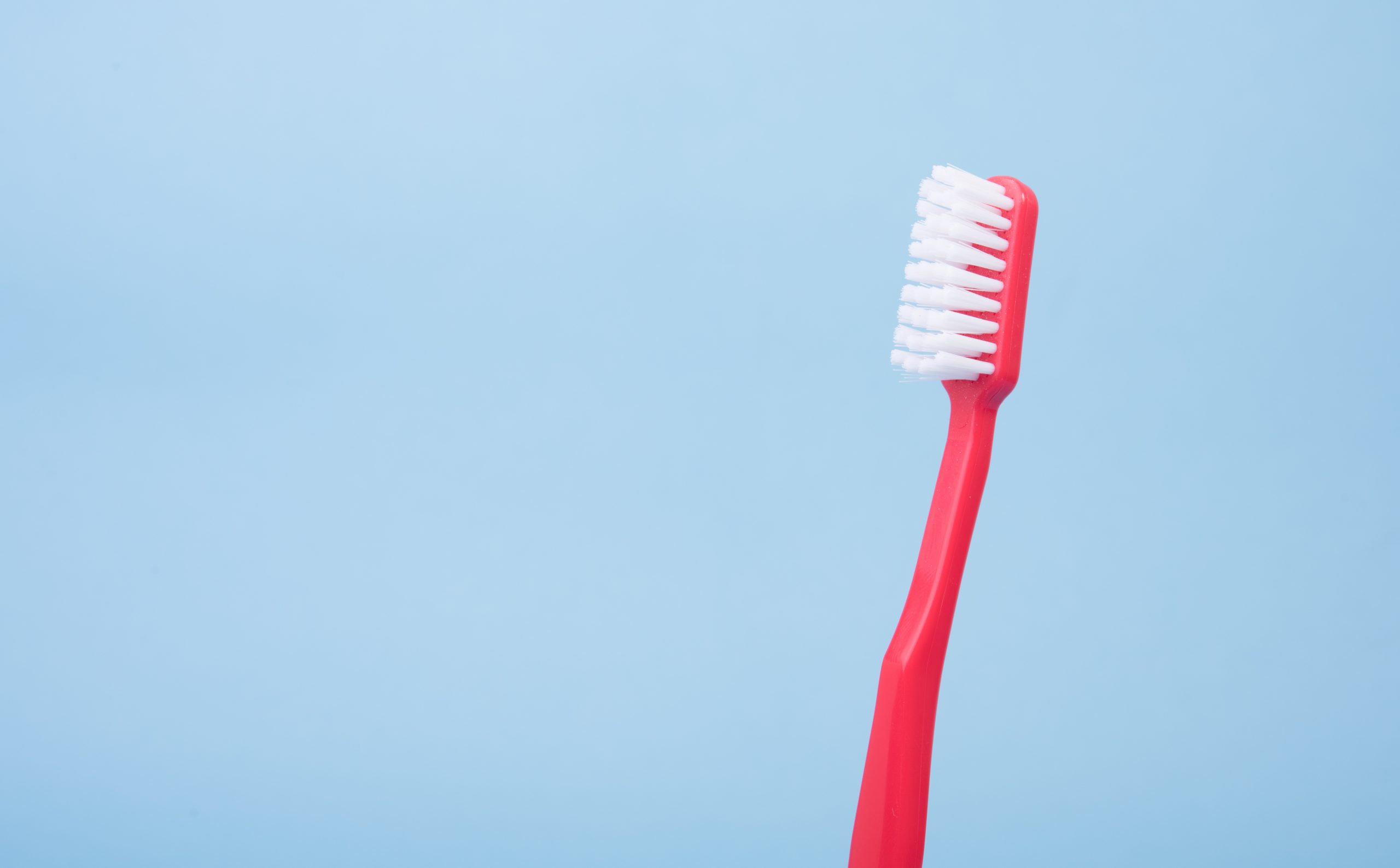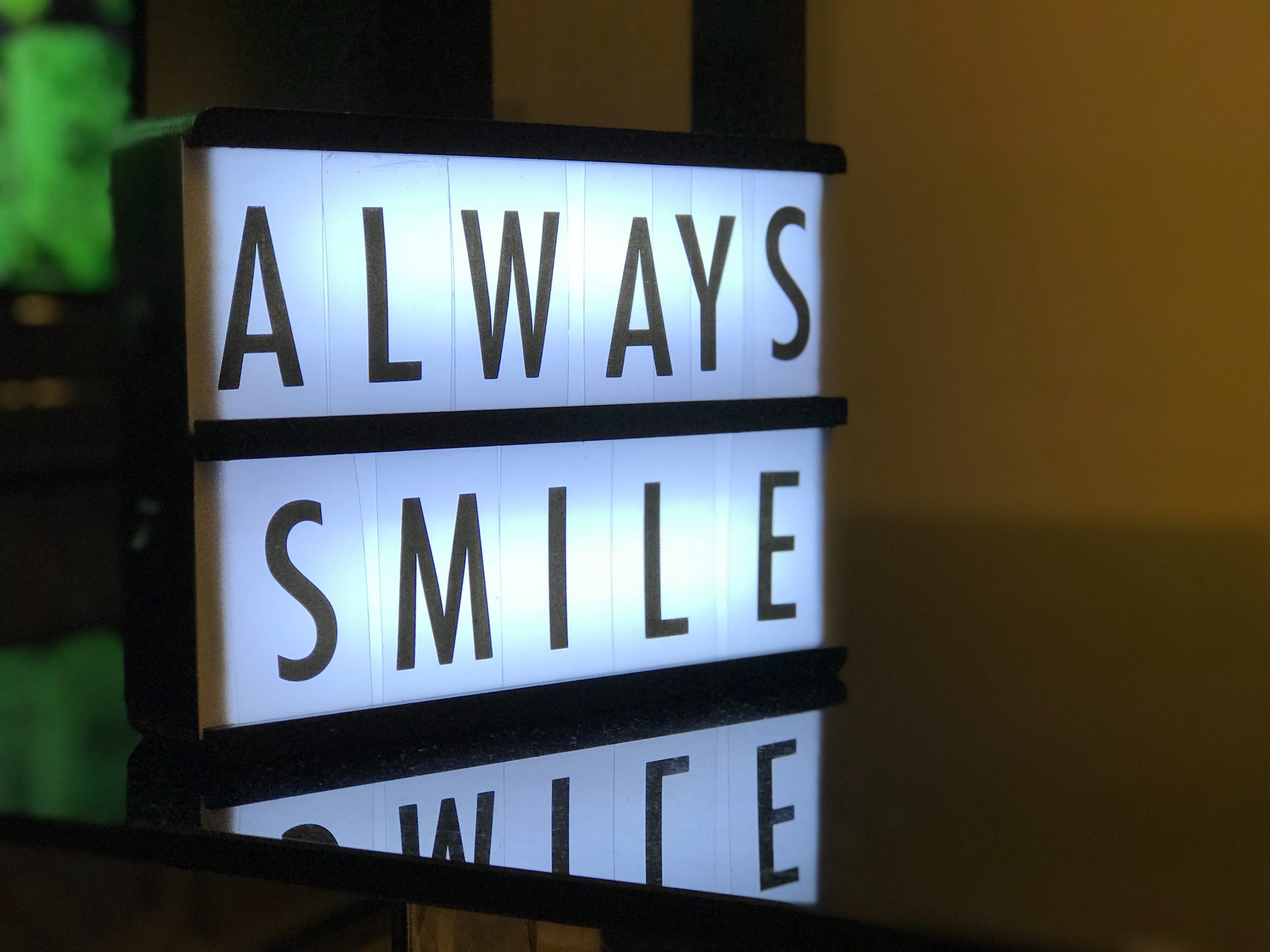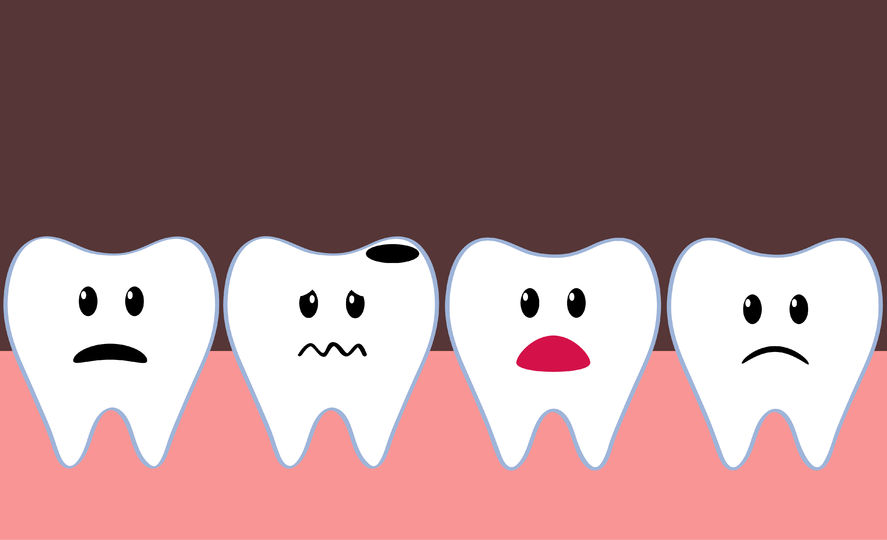
Most Common Dental Emergencies and How to Handle Them
October 7, 2021
What is Sedation Dentistry and Is It Right For You?
October 7, 2021Key Takeaways:
Understanding TMJ and TMD:
TMJ disorders can cause jaw pain, headaches, and facial pain. TMD refers to conditions affecting the TMJ, often resulting in discomfort that can range from temporary to chronic.
Causes of TMJ Problems:
Several factors contribute to TMJ issues, including teeth grinding (bruxism), jaw misalignments, overactive jaw muscles, and jaw disc erosion.
Treatment Options:
Treatment typically begins with non-invasive approaches, such as using mouth guards. There are different types of mouthguards, including stabilization splints and repositioning splints, which can provide relief. Custom-made mouth guards are often recommended for better fit and effectiveness.
Do you suffer from jaw pain, headaches, or facial pain? It may be a problem with your temporomandibular joint (TMJ) and or your jaw muscles. Often a mouth guard provides relief for people suffering from TMJ and muscle discomfort.
Before we describe specific treatments, it helps if you understand some basic information about TMJ. Keep in mind, this information is for educational purposes. Regular dental care and exams are always the first line of defense against TMJ problems as well as other dental health concerns.
What is TMD and What Are the Causes of TMJ Problems
TMD, Temporomandibular disorder, is a jaw condition caused by problems with the temporomandibular joint. This joint basically functions like a hinge that connects your jaw to your skull on the sides of your face just in front of each ear. TMJ conditions often result in pain in the jaw, face, and cheekbones.
In some cases, it is temporary and minor, but sometimes it results in chronic pain that disrupts the quality of life.
There are many conditions that cause TMJ pain and disorders. The causes and symptoms vary by the person.
Common Causes of TMJ Disorder or muscle pain include:
- Grinding or gnashing teeth. This is officially known as Bruxism. Some people have sleep bruxism which refers to clenching and often grinding teeth while sleeping. Others tend to clench or grind while awake.
- Jaw misalignments such as a protruding jaw, overbite, or other teeth and jaw alignment issues: These are often genetic and sometimes can be treated or prevented with braces.
- Overly active jaw muscles: Some people tend to hold tension in their jaw muscles so they never fully relax. This can result in tension related pain from a buildup of lactic acid.
- Jaw disc erosion: This may be caused by osteoporosis and other related conditions.
The symptoms vary greatly depending on the cause and severity of the TMJ issues. Some common and uncommon symptoms include:
- Aching pain in or around the jaw
- Pain extending to face, neck, shoulders, or ear
- Clicking or popping sounds when you chew
- Pain in one or both of your temporomandibular (TMJ) joints
- Trouble opening your mouth wide
- Tired sensation or facial fatigue
- Headaches and in some cases dizziness and migraines
Some risk factors that may lead to TMJ pain include:
- Genetics
- Jaw injury
- Arthritis including rheumatoid arthritis and osteoarthritis
- High-stress lifestyle that may lead to clenching the jaw and grinding teeth
- Sleep apnea
- Acid reflux
Treatment options for TMJ disorders range depending on the cause and severity of your issues. Usually, your dentist will start with the simplest and least invasive options. Most often the simplest solution is to try using a mouth guard. Often a good mouth guard offers relief from TMJ pain depending on the root cause.
Types of Mouth Guards for TMJ Pain Relief
There are a few options depending on your specific issues. Two primary categories include Stabilization splints and repositioning splints.
Patients wear stabilization splints to help muscles and your TMJ when clenching and grinding. These flat splints, or guards, cover your teeth. They help reduce the pain that comes from overuse of the jaw muscles. For tension related TMJ pain, rest is often the best treatment. These mouth guards for TMJ pain relief give your teeth and jaw a break from clenching and grinding.
Patients wear repositioning splints to help correct misalignment. These are commonly used when the lower jaw sits too far back or the upper jaw too far forward. Patients wear these all day at first until the pain leaves. These splints often help with disorders like jaw popping and clicking that stem from flawed TMJ alignment.
Many patients wear a splint or mouth guard for TMJ pain relief at night. Some mouth guards are prescribed for daytime use on a temporary or long-term basis. Be sure to follow your dentist’s instructions to ensure the best chance of success.
If you have a TMJ-related disorder, treatment may involve one of these splints or mouth guards TMJ pain relief. The first step is to see your dentist. Sometimes people use an over the counter mouth guard to help with basic Bruxism, other times the patient may need a custom-made mouth guard for TMJ pain relief.
How Your Dentist Might Determine Your Best Treatment Options For TMJ Pain
Your dentist will provide a thorough exam to diagnose your condition and to determine which course of treatment is right for you. This may include looking at your complete history, imaging, and other dental exams.
Call to schedule your appointment today. It just may lead to a healthier life without the jaw pain.




